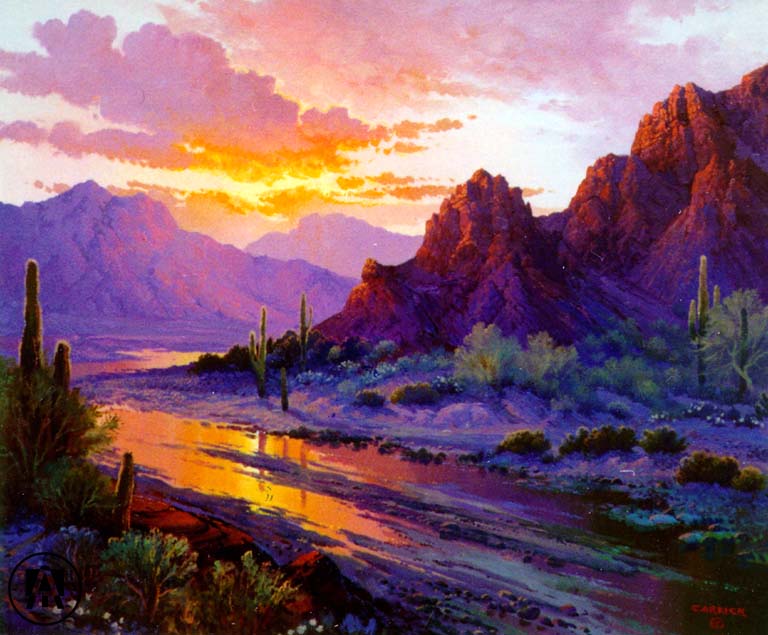
Graduate Take Home Exam
Type your answers and conform to word limits. Return the completed exam to Guy or Dave by Friday, March 13th at 1 PM. Please use an alias name for identifying your exam. The exam is open book and open notes.
Stand is located at 1,700 m along the base of the Mogollon Rim. The stand is located on a northeastern 40% slope. Soil is shallow and rocky. The overstory is dominated by Quercus arizonica, with Juniperus deppeana and shrubby plants of Quercus arizonica in the subcanopy. Herbaceous vegetation covers about 5% of the ground, and includes a wide variety of graminoids (e.g., Muhlenbergia longiligula, Carex sp., Aristida sp.) and herbaceous dicots (e.g., Artemisia carruthii, A. ludoviciana, Solidago sp.). Pinus ponderosa was selectively harvested from this site 15 years ago; there is no evidence of recent fire, and additional information about site history is unknown.
Habitat type: _____________________________________________
1-0.5 DF B-40-7-3